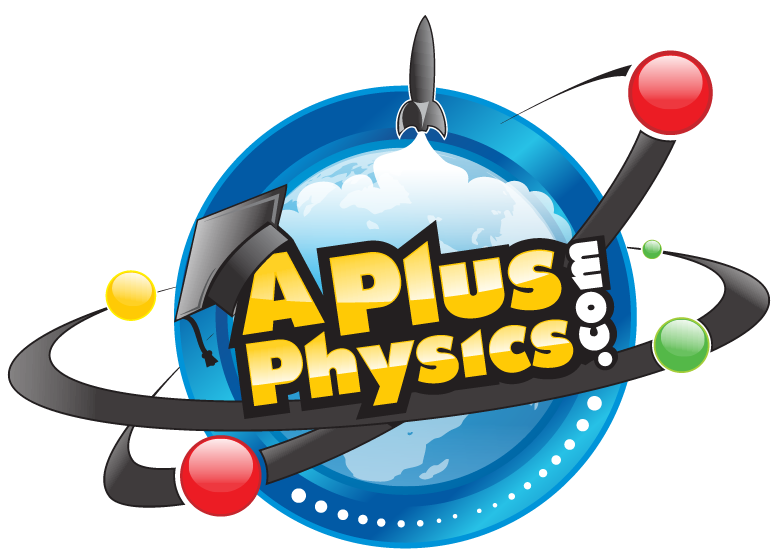"Back in 1947, a pair of physicists demonstrated that when a beam of light reflects off a surface, the point of reflection can shift forward when parts of the beam interfere with each other. 60 years later, another group of physicists discovered that this so-called Goos-Hanchen effect could sometimes be negative so the point of reflection would go back toward the source rather than away from it. They even suggested that if the negative effect could be made big enough, it could cancel out the forward movement of the light. In other words, the light would become trapped at a single location. Now, physicists have demonstrated this effect for the first time using light reflected off a sheet of silica. The trick they've employed is to place a silicon diffraction grating in contact with the silica to make the interference effect large enough to counteract the forward motion of the light. And by using several gratings with different spacings, they've trapped an entire rainbow. The light can be easily released by removing the grating. Until now, it has only been possible to trap light efficiently inside Bose Einstein Condensates at temperatures close to absolute zero. The new technique could be used as a cheap optical buffer or memory, making it an enabling technology for purely optical computing."


0 Comments
Recommended Comments
There are no comments to display.